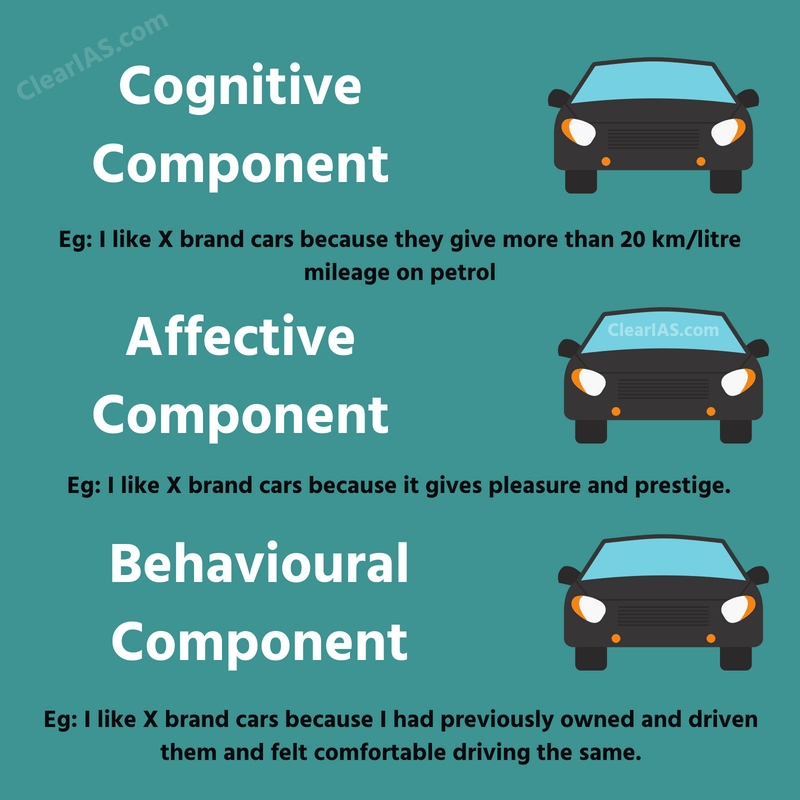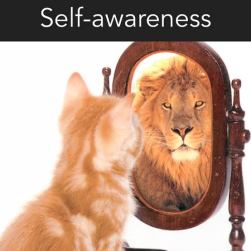
All students are individuals in their personal and academic growth and development, and that is never more prevalent than in an educational setting. Whether students are in a physical classroom or are enrolled in an online school, they cannot be placed in a box or put into a mold that makes them identical to other students, particularly when it comes to their learning styles. Most parents and educators are aware of the different learning styles, but most don’t know how to help students really embrace their learning style and make it work well for them.
It may come as a surprise that online learning can benefit all students, including those with a variety of learning styles, primarily because most online education institutions expect students to see and hear the information and have it mastered with just that level of interaction. Online learning is a great way to explore, grow, and learn for all students.
HOW CAN TEACHERS ADAPT TO DIFFERENT LEARNING STYLES?
When teachers know their students well, they can adapt more effectively to ensure each student is given the opportunity to understand the material in their own learning style. Teachers need to understand how to recognize different types of learners and how to help each type of learner excel in the classroom.
Visual Learners
Visual learners understand things better when their sense of sight it utilized. They often love to read, enjoy diagrams, charts, and videos, and learn well from demonstrations and handouts. Visual learners usually love artistic activities and are most alert when visuals are being used in the classroom, including whiteboards. The mantra of visual learners is “show me.” The learning style of visual students is most in line with traditional teaching methods, and they will excel when surrounded by visual representations of the concepts being taught. They’ll be thoroughly engaged in books from an early age, and they will often benefit from making their notes more visually appealing, such as with highlighters, sticky notes, and the like. Visual learners can become distracted by too many colors though, so when working at home, they should complete assignments in a quiet and calm space that is not overrun by too many visually-intense items.
Auditory
Auditory learners tend to be better listeners than other students, and they are better at following directions when they hear them rather than when they see them. They tend to love music and are often excellent at remembering song lyrics, movie quotes, and more. They thrive when things are explained to them, when stories are read to them, or when they can read aloud to themselves. The mantra of auditory learners is “tell me” or even “tell me again.” They will benefit from hearing lessons, talking through problems, or making up songs to reinforce concepts.
Kinesthetic
Kinesthetic learners are the most active of all the learning styles. They want to touch, feel, move, and experience the things they’re learning to best understand them. Students who are kinesthetic learners probably enjoy things with texture, interactive things, building sets, sculpting clay, model kits, and the like. They like to “do” and their mantra is “let me hold that.” Spelling practice for kinesthetic learners may involve magnetic letters or different types of paper and pens. Kinesthetic learners may have trouble sitting still and can benefit a great deal from working on a yoga ball, standing up to work, or other unique workspaces that allow them to move as they complete assignments.
WHAT ARE THE BENEFITS OF STUDENTS LEARNING IN AN ONLINE CLASSROOM?
Students who attend online have more adaptive work environments since they usually do their assignments at home. Parents can help customize their workspace to their particular learning style to encourage more attentive students and more successful academic endeavors. Additionally, because of the online environment, students can utilize a variety of applications to learn and demonstrate an understanding of a concept.
Encourages Independence
Some learning types are naturally good at being independent, such as solitary, verbal, and logical learners. There is a pretty even mix of independent learners among visual, auditory and kinesthetic learners, but social learners tend to struggle a little more with being independent. Online learning absolutely encourages students to think for themselves, manage themselves and their time well, and keep themselves motivated and disciplined throughout the course of their studies. All online learners will become better at being independent, but certain learning types will benefit even more in this area because it may be a natural challenge for them. To further encourage your social, visual, auditory, and kinesthetic learners in their independence, start by holding them accountable for completing assignments and checking in often. As they get used to learning online, start handing over more of the responsibility to them and check on them less often, reminding them that they are responsible for their own success and they are more than capable of being successful independently.
Supports Out-of-the-Box Thinking
Auditory and visual learners are the most likely to thrive without much effort in an online environment. But other learning styles may struggle because the bulk of the information they’re receiving is auditory and visual in nature. They will need to think creatively and step outside their comfort zone to ensure they understand and retain the information being presented. This may mean that they create their own way of displaying the concepts from class, such as by acting it out, speaking it aloud, learning about the why behind the concepts, or discussing the material with others. It may also mean that they tap into their visual and auditory side and really work hard to stay focused on what’s being presented to them in these ways to expand their understanding and learning style.
Engages Different Senses
The best online learning programs will give students ample opportunity to experiment and learn the material in different ways besides just seeing and hearing it. Students may need to get creative to engage their different senses during their lessons, or the curriculum program they’re utilizing may offer suggestions on how to engage a variety of senses to explore and learn the various concepts. Utilizing all five senses will not only help students learn the material better, but it will help them expand their learning styles and explore other ways of experiencing concepts, leading to more retention and understanding. Kinesthetic learners may struggle more than others in an online learning environment, but using their other senses as they learn in different styles can help a lot. For example, a student could walk on a treadmill while reading text from a book or jump rope while listening to a lesson.
Promotes Strengthening of Other Learning Styles
While everyone has a primary learning style, it’s always good to hone the other styles to strengthen them and become a more well-rounded learner. Of course, the primary style will likely remain the same, but it’s also good to know what your secondary learning style is and how you can improve your retention of information when it’s presented in a unique way that doesn’t fall into your personal learning style. For example, if you are primarily a logical learner and you always want to know the how and why of what you’re learning, you may find ways to take the information being taught audibly and group it into classifications and categories to explore it further. Or if you’re primarily a kinesthetic learner but have to read the bulk of the material you’re responsible for knowing, you can think of ways to connect kinesthetic learning with visual and verbal learning to strengthen your own learning abilities and still understand and retain the information.
Uses Real-World Connections in Lessons
Online learning environments are typically great about making real-world connections for their students. It’s not just about learning book knowledge, but it’s about understanding how that book knowledge applies to real life and how to utilize that information outside of an academic environment. All learning types can benefit from this type of education as students will interact with different types of people and different situations outside of school and they need to be prepared to respond appropriately and engage others successfully. When students are responsible for their own differentiation and utilization of different learning styles, they tend to be more understanding of others’ differences and more creative in their problem-solving capabilities..
Encourages Exploration
As previously mentioned, students who participate in online learning are constantly encouraged to explore new ideas and think outside of the box. All learning styles will benefit from these critical thinking opportunities as they explore the world around them and their lessons in new, unique, and exciting ways. Many online school curriculums will give students suggestions about how to interact with the material in a different way, such as by completing an experiment, going on a virtual field trip, and so on. But the more students are encouraged to explore new ways of learning on their own, the more they will benefit from their online learning experience. This means they will grow more substantially, both academically and personally, and they will be far more prepared for life beyond degree, both now and in the future.
References:
- Amabile, T. (1987). The motivation to be creative. In S. Isaksen (Ed.), Frontiers of creativity research: Beyond the basics (pp. 223–254). Buffalo, NY: Bearly.
- Anderson, L., &Krathwohl, D. (Eds.). (2001). A taxonomy for learning, teaching, and assessing: A revision of Bloom’s taxonomy of educational objectives. New York: Addison, Wesley Longman.
- Barr, A. S. (1958). Characteristics of successful teachers. Phi Delta Kappan, 39, 282–284.
Guest Article by:
Dr. Harshada Mulay
Dean: Academics
MasterMyLife EQ Education Pvt. Ltd.
(Collaborator-University of Mumbai’s GICED)
Kalina Campus, Vidyanagari, Santacruz (E), Mumbai
Web: www.MasterMyLifeEdu.com
Email: harshada@Mastermylifeedu.com
Cell: +91 98201 67715/9867810233
Linkedin: https://www.linkedin.com/in/harshadaxyz/







